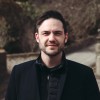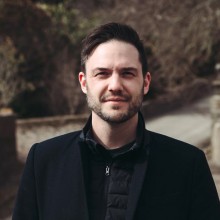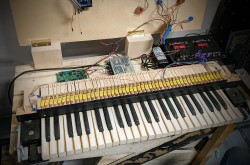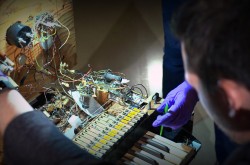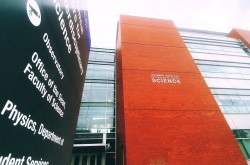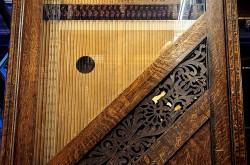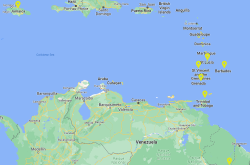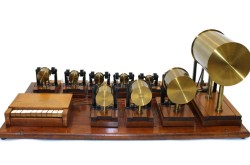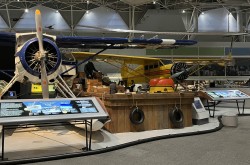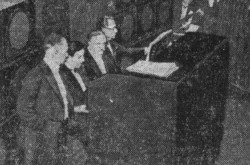Remembering the sounds of COVID-19
Years from now, those who lived through the coronavirus pandemic may remember what it looked like. We may recall images of hospital patients, health service providers, empty airports, deserted city centres, video chat screens, homemade face masks — or visual renderings of the virus itself — that for months seemed ever-present across news and social media feeds.
But will we also remember what it sounded like?
For the last few months, individuals and researchers around the world have been attempting to document, investigate, and interpret the coronavirus pandemic from the perspective of sound.
I’ve assembled a small sample of this varied work below. While far from exhaustive, it’s my hope that this small collection might inspire readers to think about — or even record and preserve — their own unique sound experiences of COVID-19 for future generations to hear.
Changing soundscapes
“Listen up: In these disquieting COVID-19 times, hushed cities are making a loud impression on our ears”: Reflections on the changing soundscapes of Canada, as impacted by the pandemic.
“The Coronavirus Quieted City Noise. Listen to What’s Left”: Reflections on the changing soundscape of New York City, as impacted by the pandemic.
“Quiet Oceans: Has the COVID-19 Crisis Reduced Noise in Whale Habitats?”: A discussion of how COVID-related quiet is affecting underwater sea sound levels.
Personal reflections
“The Sounds of Covid”: Coronavirus lockdown poem written by a nine-year-old child in Cork, Ireland.
“There Is No Noise in a Covid-19 Emergency Room”: First-hand account by a front-line doctor in New York City.
“How COVID-19 is unmasking my hearing loss”: Personal reflection by an Ottawa resident on the impact of face masks for people with hearing loss.
Recordings and sound maps
“#StayHomeSounds”: Collection of audio recordings uploaded by people around the world during coronavirus lockdown.
“Soundscapes in the Pandemic”: Another collection of crowdsourced recordings, this one focused on documenting changing local and global soundscapes.
“COVID-19 Pandemic Soundscape”: Recordings of residents sounding appreciation for healthcare workers from their condo balconies in Vancouver.
Medical sounds
“Sounds of Coronavirus (COVID-19) - Lung Sounds”: Examples of different lung sounds produced by COVID-19.
“COVID-19 Sounds App”: An app developed by University of Cambridge researchers to crowdsource sounds of people’s voices, breathing, and coughing in order to inform the diagnosis of COVID-19.
“Coughvid”: Another initiative to collect the sounds of coughs for research purposes, this one run by the Embedded Systems Laboratory at the Swiss Federal Institute of Technology Lausanne.
Data sonifications
“Viral Counterpoint of the Coronavirus Spike Protein (2019-nCov)”: Musical sonification of the amino acid sequence and protein structure of the COVID-19 pathogen.
“The sounds of Covid-19”: Another musical sonification of the DNA sequence of COVID-19.
“The Masked Scales: Sonification of the Impact of COVID-19 Lockdown”: Musical sonification of changes to ambient sound levels, air quality, traffic density, and seismic vibration during lockdown in a Toronto neighbourhood. (2020 NASA Space Apps COVID-19 Challenge Winner).
Musical soundtracks and resources
“Golden Sounds of Covid-19”: Compilation album of COVID-19-inspired songs, with proceeds donated to charity that provides relief for musicians affected by the virus.
“A Quarantine Playlist For Every Mood”: Collection of playlists and live streaming resources for people to access under coronavirus lockdown.
“Quarantine Mode: Music, Livestreams, and Resources” Collection of resources and support sites for Canadian musicians and music fans under lockdown.
“The Sounds of a Health Pandemic”: A review of sound and music practises used by news media outlets when reporting on COVID-19.


